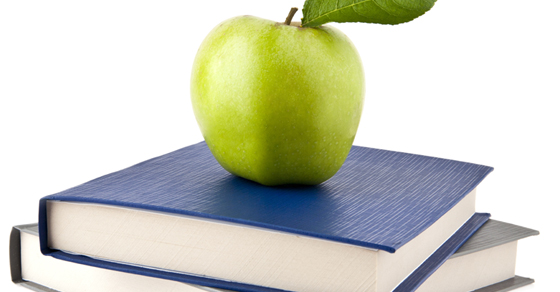Higher High School Graduation Rates Translate into College Enrollment; College-Going by Black Males Up by 36 Percent
The Relative Costs of New York City’s New Small Public High Schools of Choice

Building on prior research by two of the present authors, which uses lottery-like features in New York City’s high school admissions process to rigorously demonstrate that new small public high schools in the district are markedly improving graduation prospects for disadvantaged students, the present paper demonstrates that these graduation benefits do not come at the cost of higher expenditures per graduate. The basis for these findings are two cost comparisons: (1) a “descriptive” comparison of per-pupil operating costs for the new small high schools with those for all other district high schools, and (2) an “experimental” comparison of per-pupil operating costs for the new small high schools with those attended by their control group counterparts. The descriptive comparison demonstrates that the new small schools spend a little more per pupil than the average district high school and a lot more than the largest of these other schools. By contrast, results of the experimental comparisons together with previous findings of two of the present authors about the substantial positive effects of the new small schools on high school graduation rates indicate that the cost per high school graduate is substantially lower for the small-school enrollees than for their control group counterparts. This seemingly counterintuitive result occurs because control group counterparts (1) attend high schools with annual per-pupil costs that are about the same as those for the new small schools, (2) are more likely to attend a fifth year of high school because they do not graduate in four years, and (3) are less likely to graduate from high school at all.







